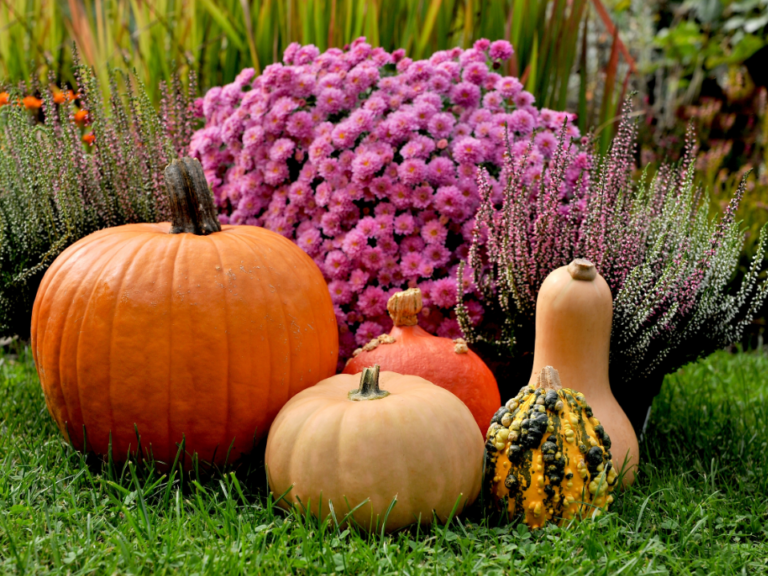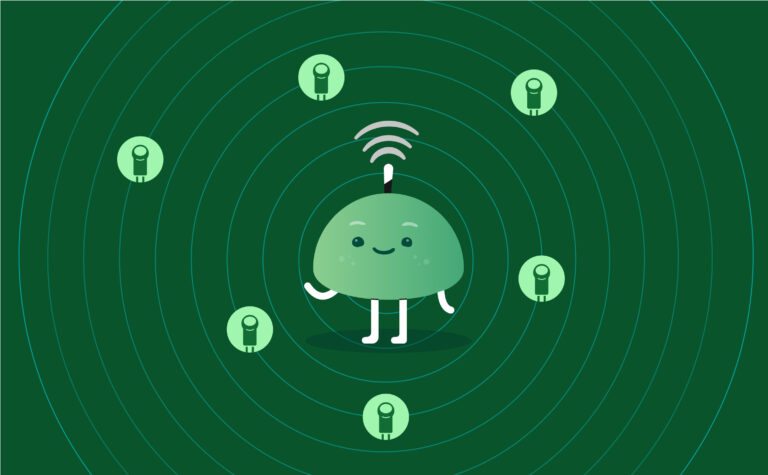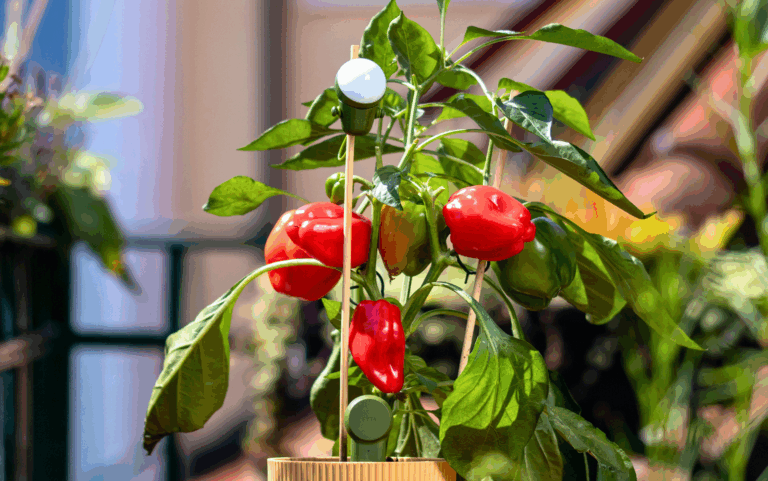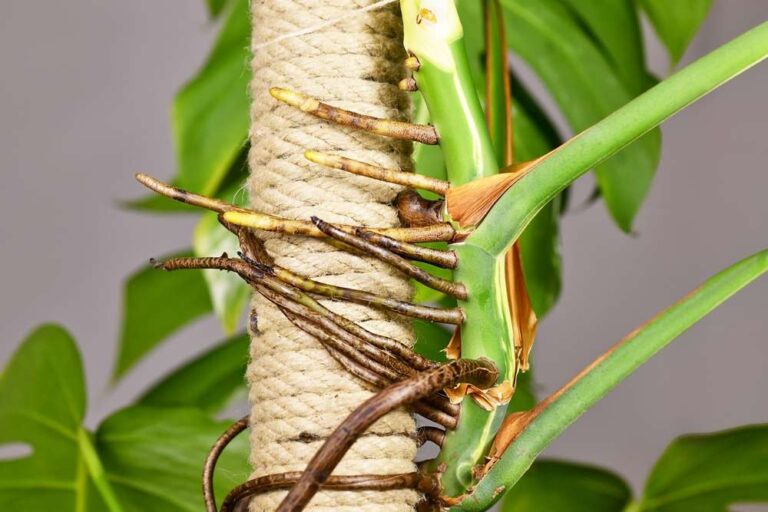
If you are growing plants outdoors, light should not be a problem. It’s important that your plants receive ideally from 10 to 12 hours of direct sunlight during the summer days. The best yield will be achieved in open gardens, terraces or fields, where no buildings or trees shade your plants.
If you only have a shady balcony or a windowsill, the yield will be highly dependent on the amount of light your plant receives. Therefore, unless you don’t mind a smaller yield, you should consider using the proper equipment to grow indoors.
Part of the equipment is a proper light source, which can be challenging to choose from the many options available on the market.
Light Models
There are several options available on the market, each with its own advantages and disadvantages.
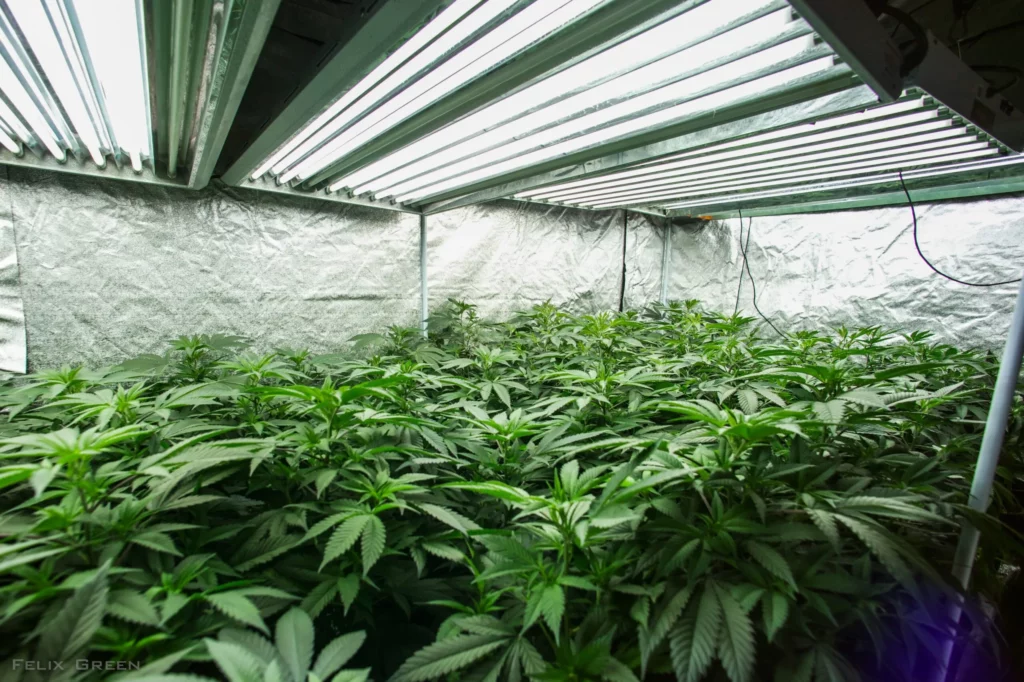
Fluorescent Grow Lights: Also known as Compact Fluorescent Lamps (CFL) or Tube Models known as T5. These are likely the cheapest options and they consume little energy. However, they may not be sufficient for a substantial harvest. Their spectrum lacks red light, which is not ideal for the flowering stage. This could result in more work changing light bulbs or a small yield.
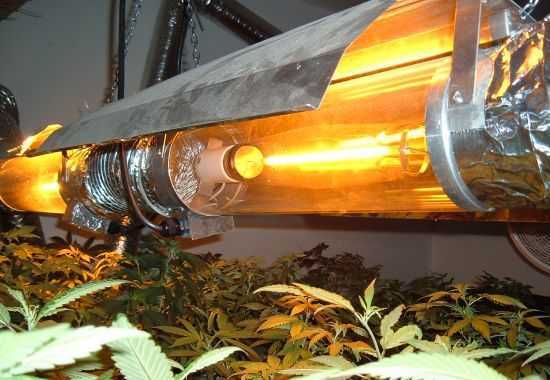
High-Intensity Discharge (HID): This type of lamp includes Metal Halide (MH) lamps used during the vegetative stage, High Pressure Sodium (HPS) lamps used during the flowering stage, and Ceramic Metal Halide (CMH) lamps, commonly called LEC. These lamps work very well for cannabis growth and are very affordable. HIDs produce UV light, which improves the quality of your buds. However, they can generate a lot of heat that needs to be removed from the grow box. Their setup can be a bit complicated as they occupy a lot of space, need a specific distance from the top of the plant, and come with different parts to assemble. Therefore, they are not recommended if you plan to grow just 1 or 2 plants unless you have enough space between the roof where you hang the lamp and the top of the plant.
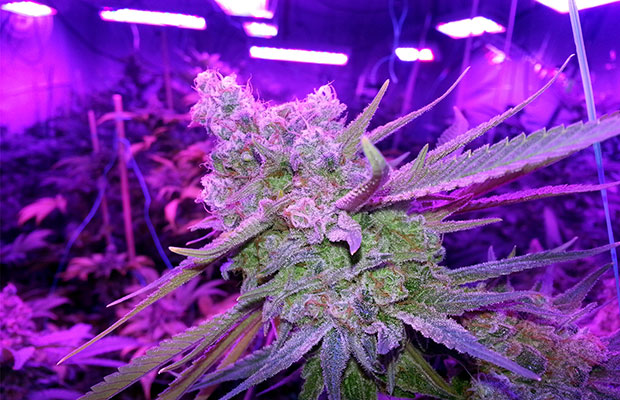
Light Emitting Diode (LED): LEDs have revolutionized not just cannabis growing but also the horticulture industry in general. This is due to their low energy consumption. Besides, LED lights also offer the possibility of a full spectrum that imitates sunlight. Some of these lamps include diodes emitting UV light, which improves bud quality. Furthermore, LED lights produce little heat that can be managed with the right ventilation easily. Their main disadvantage compared to other types of light mentioned is their initial price. Expect to spend at least around 100€ for a lamp if you have a small grow tent with 1 plant. The price increases if the space you need to illuminate is larger. However, this initial investment will be rewarded on your electricity bills.
You will find a diversity of light types and brands. Be aware that they use different units sometimes. You may have heard about Watts, Lux or Foot candels. Forget about all of this. The only units you will need when purchasing lights is the Photosynthentic Photon Flux (PPF).
Why? Well, let’s go deep.
Let’s start by Watt, which is a unit to measure the power. This unit was useful when there weren’t many options on the market, and you could calculate the luminescence of your lamps through their power.
There was also a time when growers used Lux and Foot-Candels, which are very usefull when measuring ilumination, but from a human eye perspective. Unfortunately our eyes can not produce energy from sunlight or light in general, and they are different to the light receptors in plants. This is because plants have chlorophyl, which allows them to transform the energy of light into biochemical energy. This process is known as photosynthesis. Photosynthesis occurs in a portion of light spectrum called photosynthetically active radiation (PAR).
When looking for light to grow cannabis, you need to measure the intensity of the light as the amount of particles, or photones, within the PAR section that are reaching the leaves of your plant, and this is what PPF measures.
Combining light intensity or PPF and hours of light, we get the daily light integral (DLI). DLI measures the total amount of photones that a plant has received during a day, and is a good way to measure if your plant is receiving enough light or not. When growing cannabis your plant will have different DLI requirements throughout its life cycle, and you can adjust this by increasing or dicreasing the hours of light and/or the intensity. Just keep in mind that, if you grow phoperiodic plants, you need to adjust the light hours according to their stage, and you should not give more than 12 hours of light if they are already flowering. Autoflowers will give you more freedom when adjusting DLI.
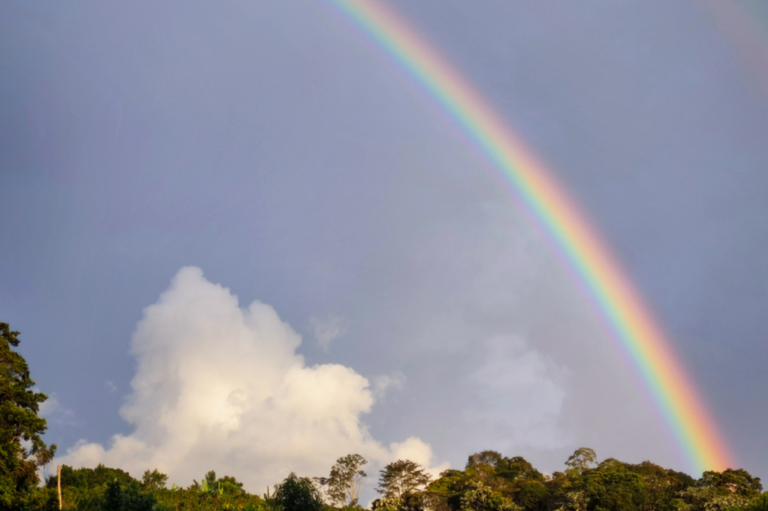
Spectrum is an important concept to unterstand PAR and light. Imagine light is decomposed, as for instance, when light traverses suspended drops of water in the air, like when a rainbow appears, a band of colors arises. What we see, is the visible spectrum of light decomosped in the colors that the human eye can perceive. As we said before, plants and humans use light different. You can see this in the graphic below.
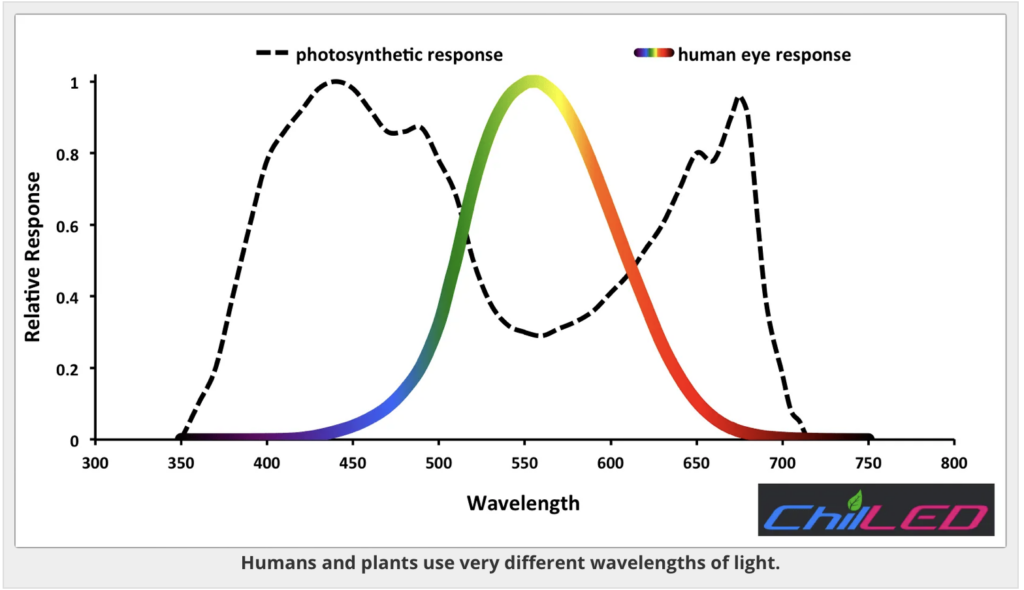
The maximal absorption of light for plants happens on the red and blue area of the spectrum while in humans the max. peak is in the green/yellow area around 550 nm of wavelength. This is important because grow lamps also produce different wavelengths.
Spectrum and its effect on plants perfomance is still under research but there are some facts about how cannabis react to different areas of the light spectrum.
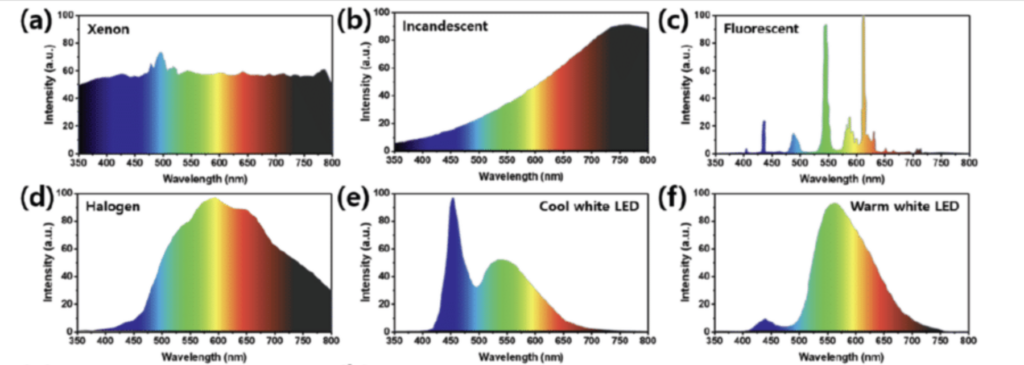
Blue light, for instance, is good for the vegetative stage,. It creates strong stems, and short space between branching nodes, while red light is good for flowering. Red light resambles the light at the end of summer and beginning of autumm, when cannabis plants are naturally entering the flowering stage.
This is one of the other many reasons LED lamps have become so popular in the last decade among growers and in horticulture. You can find blue/red LED lights and nowadays even full spectrum LED lights, were you don’t need to adjust the spectrum for specific grow stages.
How to estimate cost of energy
Electronical devices conncected to you local house energy, such as LED lamps, have different consumption rates. This will vary according to the electrical power, or power draw of your device. Your manufacturer should have provided you with a list of technical characteristics, or specifications of your product. The value you need to look for is the wattage.
The units of the wattage are Watts (W). This tells you the consumption of the device per hour. Therefor, all you need to do is to multiply this value for the amount of hours per day that the device is on and devide it by thousand (you will see soon why). The next step is to find out the price of your electricity in Kilowatts per hour (kWh). See the formula below:

Now you have a fair estimation of the consumption cost of your device per day. Lets test it with an example:
I have a 100W LED light in my set up and I want to know how much it is gonna cost this month The light is activated 16 hours a day, because my plants are photoperiodic and are still in the vegetative stage; the Price of my kWh according to my electricity provider is of 36 Cents per kWh. Applying the formula I would get:

This means I would be paying around 0,58 € each day that my lamp is activated, during 16 hours. We can multiply this by 30 to know the price of one month, or the amount of days that your plant is on vegetative stage, and add it to the calculations when they switch to flowering stage. Now, you can play around with days and hours and other devices wattage, like fans, to estimate the electricity costs of your whole set up.
Use the FYTA Beam as your personal plant assistant – For delicious buds that exceed all expectations!



